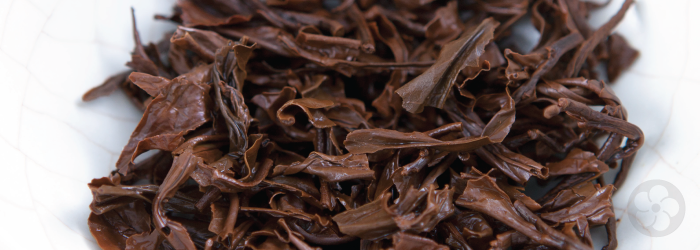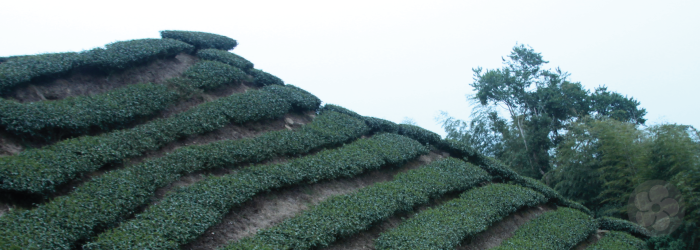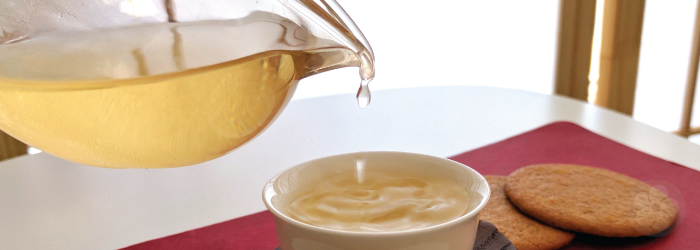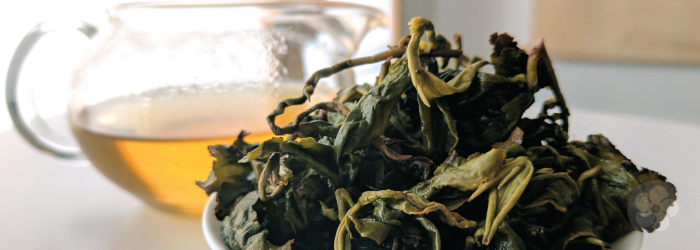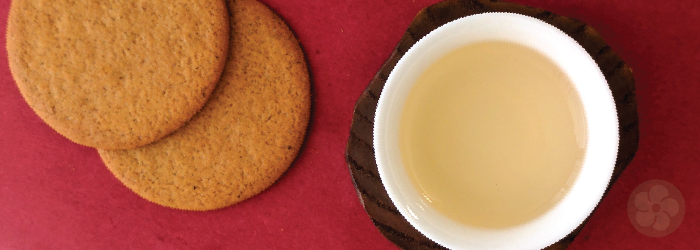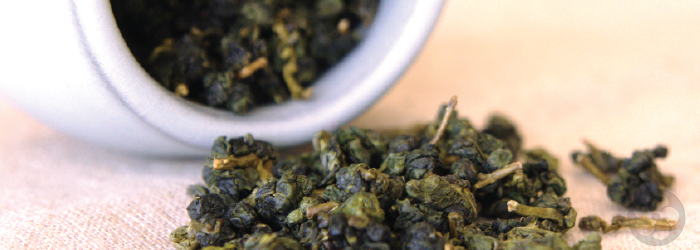Throughout history, tea drinkers have prized leaves cultivated at high elevations. In almost every category, elevation can mark the difference between a good tea and an incredible one. In Taiwan, it can even be the primary factor in determining quality. Tea growers in Taiwan have moved gradually up the mountains over time, first planting tea at 700 meters above sea level, and then 1,600, and finally at the highest peaks of the Lishan range. Da Yu Lin, the highest tea-growing peak, reaches nearly 2,800 meters.
Since moving upwards in elevation naturally reduces the amount of available land, and colder temperatures further reduce crop yields, it seems counterintuitive to continue moving up the mountain. For the harvest to be worth the extra effort, it must be exceptional enough to command higher prices. So what, exactly, does elevation add? Is it merely prestige and rarity that makes these teas seem a cut above the rest?
Well, no. Actually, the elevation of a plant impacts almost every facet of its growing process, from flavor development to pest control. Even within a single region, environmental conditions can vary wildly with elevation, changing the terroir, and the quality, of the tea. Overall, high mountain teas are recognized as having more complexity to the flavor, less bitterness, and a more creamy texture to the finish.
Continue reading



